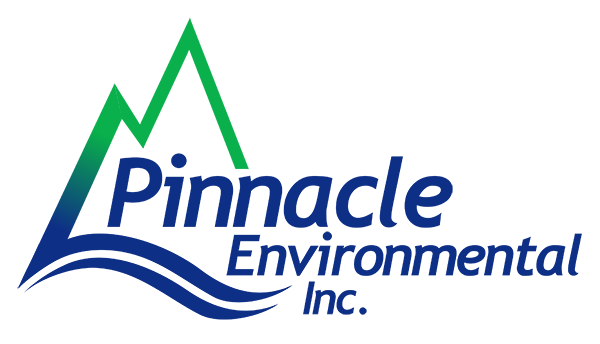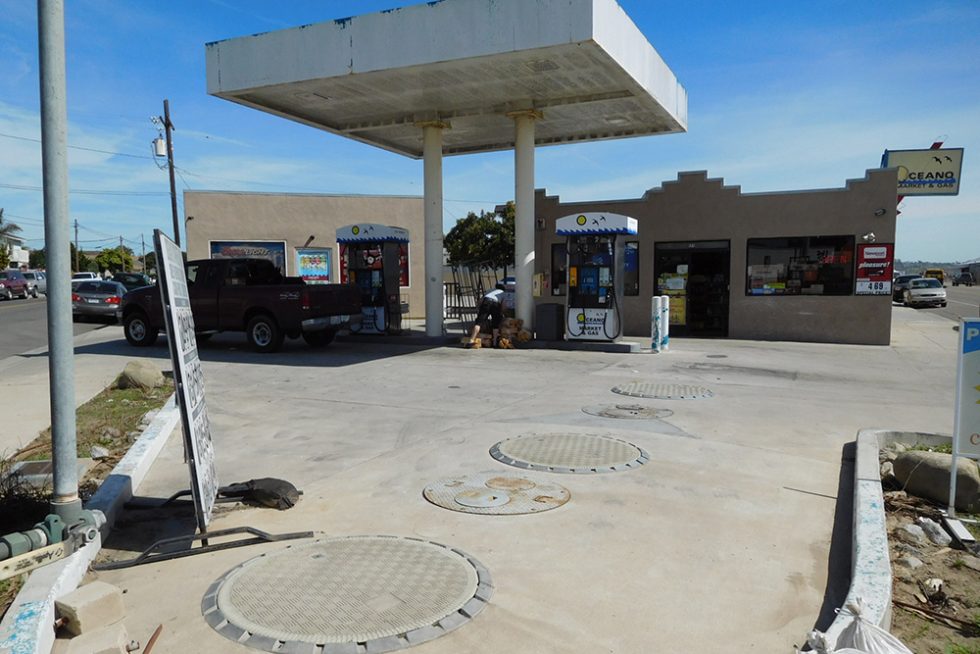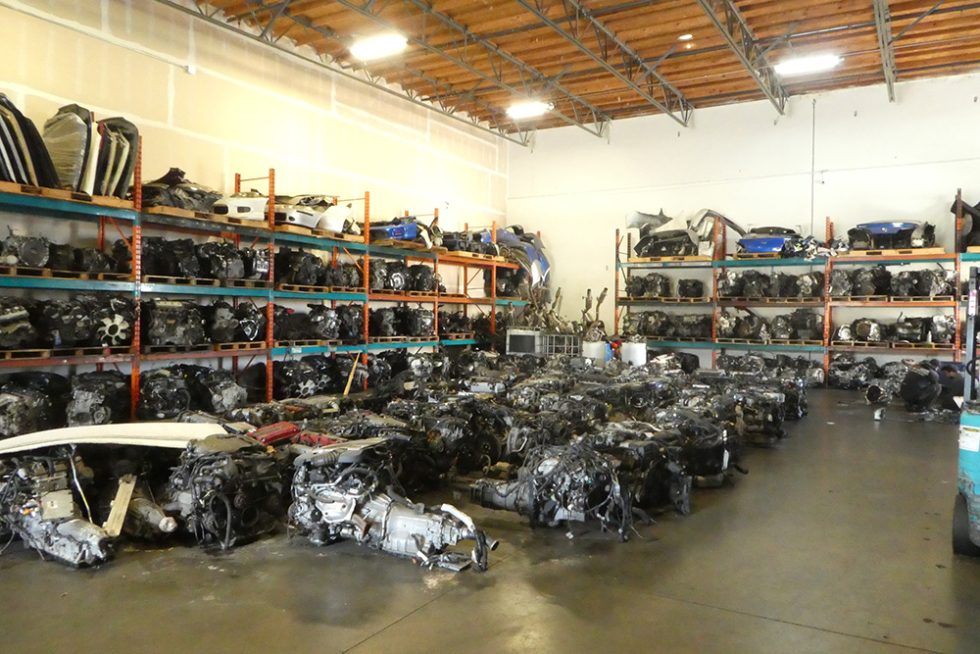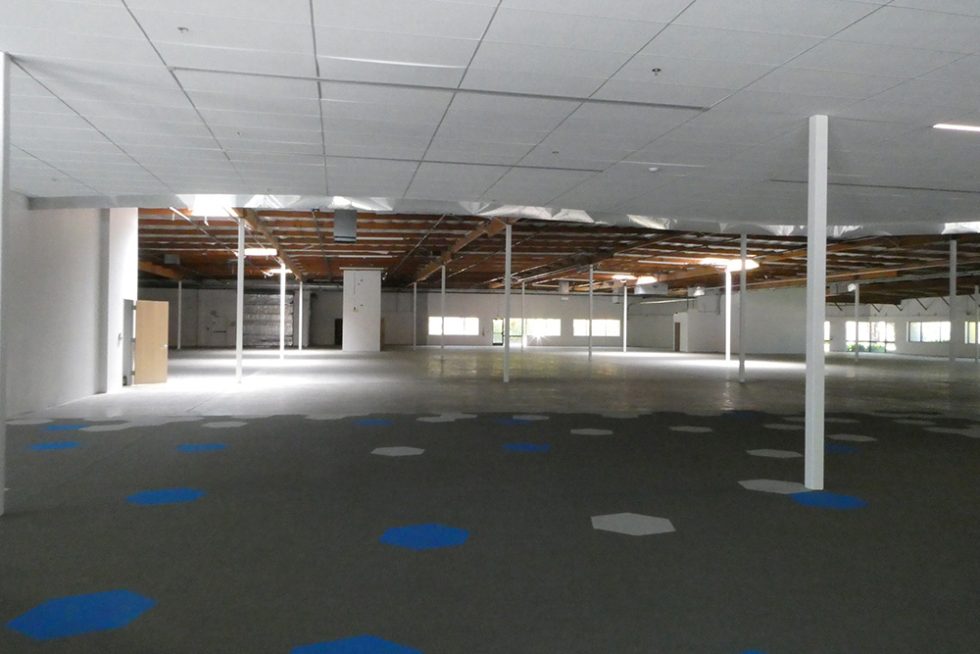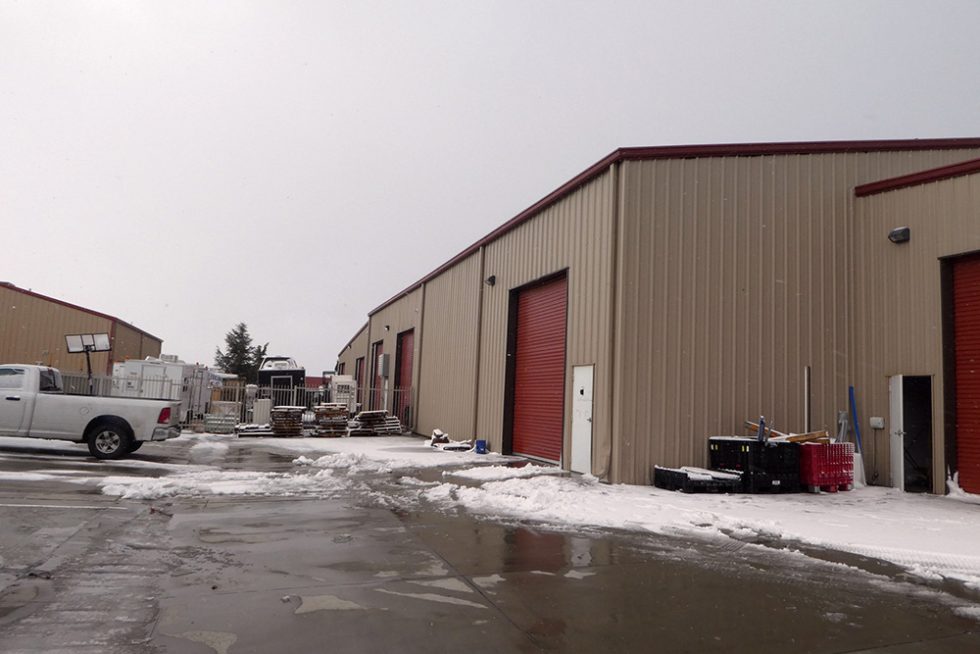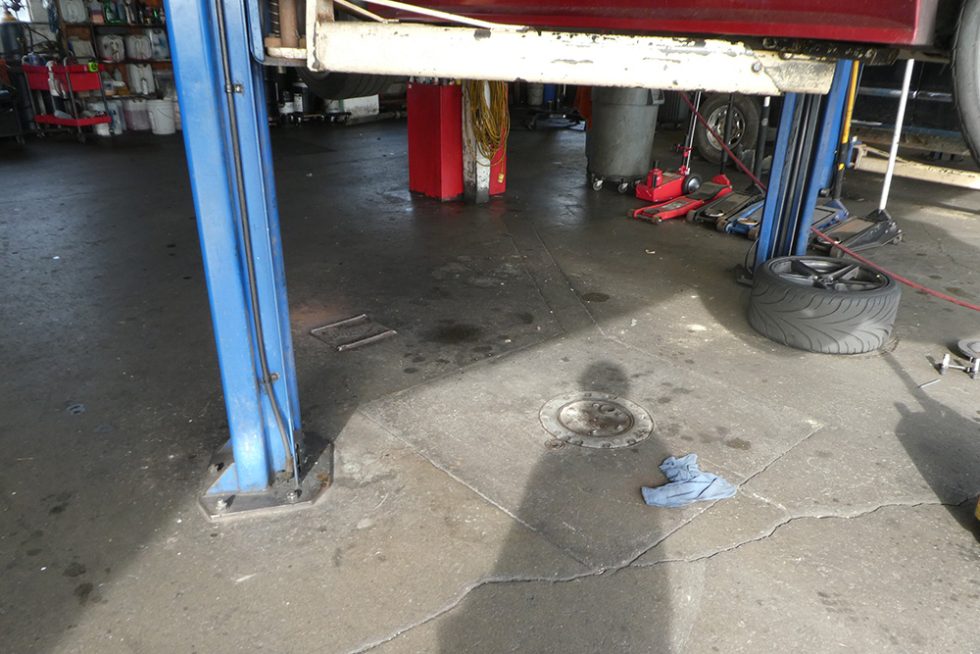Limited Environmental Site Assessment (LESA)
Limited Environmental Site Assessment (LESA)
Limited Environmental Site Assessments (LESAs) are a type of environmental assessment that is designed to provide a quick and cost-effective way to identify potential environmental liabilities associated with a property. The goal of a LESA is to identify potential environmental risks and to provide recommendations for further investigation or remediation if necessary.
LESAs do not conform to the “all appropriate inquiry” standards that are established under the guidelines of a Phase I ESA per ASTM E1527-21. However, LESA’s do provide targeted additional research beyond what is required for an Environmental Transaction Screen (ETS) per ASTM E1528-22. As such, they provide the user of the report with a better technical review than an ETS without all the steps required in a Phase I ESA.
What is the difference between a Phase I ESA and a Limited Environmental Site Assessment?
A Phase I Environmental Site Assessment (ESA) is a comprehensive study that is conducted to identify potential environmental risks associated with a property. A Limited Environmental Site Assessment (LESA), on the other hand, is a more focused assessment that is designed to provide an efficient and economical approach to identifying potential environmental liabilities using targeted research and analysis. The specific differences between a Phase I ESA and a LESA will depend on the objectives of the assessment and the available data and resources.
Each LESA is tailored to “answer the question” of the property’s history through focused historical research of select sources (such as historical aerial photography, Sanborn Fire Insurance maps, city directories, and/or interviews with relevant parties), review of an environmental database, and public records requests to specific regulatory agencies. The resulting report provides an analysis of data, and the findings, conclusions, and recommendations for additional assessment, if appropriate.
Some examples of situations where a LESA might be more appropriate than a Phase I ESA:
-
- Low-risk real estate transactions: If you are buying or selling a property, a LESA can be a cost-effective way to quickly assess potential environmental risks associated with the property. In many cases, a Phase I ESA may not be required by a lender or regulatory agency.
- Routine property management: If you own or manage a property, a LESA can be a useful tool for quickly identifying potential environmental liabilities that may need to be addressed without the excess information required in a Phase I ESA.
- Limited scope assessments: If you need to assess a specific area of a property, such as a storage tank or a small section of land, a LESA may be more appropriate than a Phase I ESA.
What is the general scope of work for a Limited Environmental Site Assessment?
The scope of work for each LESA will depend on the specific objectives of the assessment and the available data and resources. However, the process generally involves the following steps:
-
- Initial Assessment: The first step in the process is to conduct an initial assessment of the property and gather available data, such as regulatory records and previous site assessments. This step may also include a review of the property’s history, including past land use and previous contamination incidents.
- Site Visit: The next step is to conduct a site visit to visually inspect the property and identify potential sources of contamination. The site visit may also include a review of visible environmental hazards, such as mold, asbestos, or lead-based paint.
- Data Review: The LESA will typically include a review of available data, such as regulatory database information or soil and groundwater sampling data, to identify potential contamination issues associated with the property.
- Interviews: Interviews with the property owner and other relevant stakeholders may be conducted to gather additional information about the property and to identify potential environmental risks.
- Report: The final step in the process is to prepare a report that summarizes the findings of the LESA and provides recommendations for further investigation or remediation if necessary. The report may also include a list of regulatory compliance issues associated with the property.
Contact Pinnacle for a free consultation with an environmental professional to determine what scope of work is appropriate for your site.
What environmental concerns can be identified by Limited Environmental Site Assessments?
Limited Environmental Site Assessments (LESAs) are tailored to each site to identify potential environmental liabilities associated with a property. Some of the things a LESA may identify are:
-
- Evidence of hazardous materials: A LESA will typically look for evidence of hazardous materials use and potential releases. This will include a site visit to inspect the property and identify potential sources of contamination, as well as a review of relevant local agency records, if appropriate.
- Soil and groundwater contamination: A LESA will often include a review of available data on soil and groundwater quality to identify potential contamination issues.
- Historical land use: A LESA may include a targeted review of historical land use records to identify potential sources of contamination that may be associated with past activities on or near the property.
